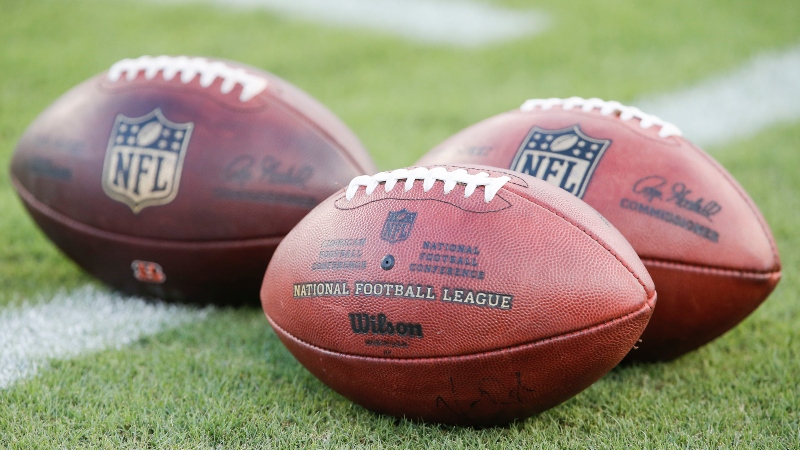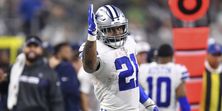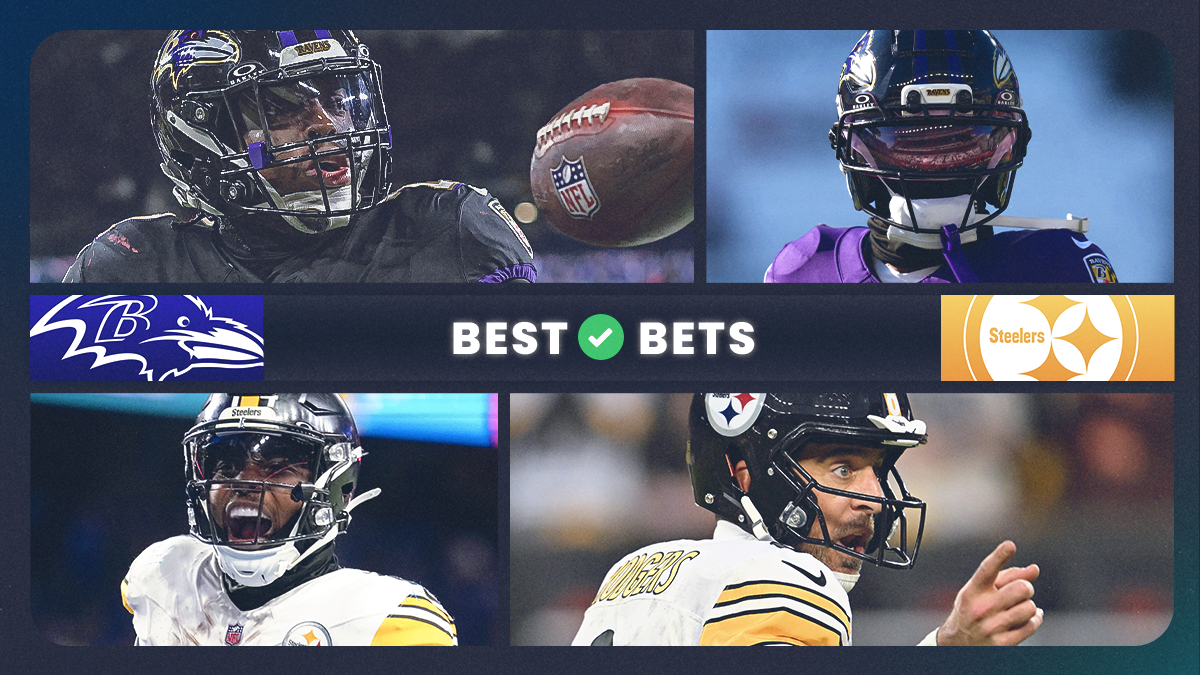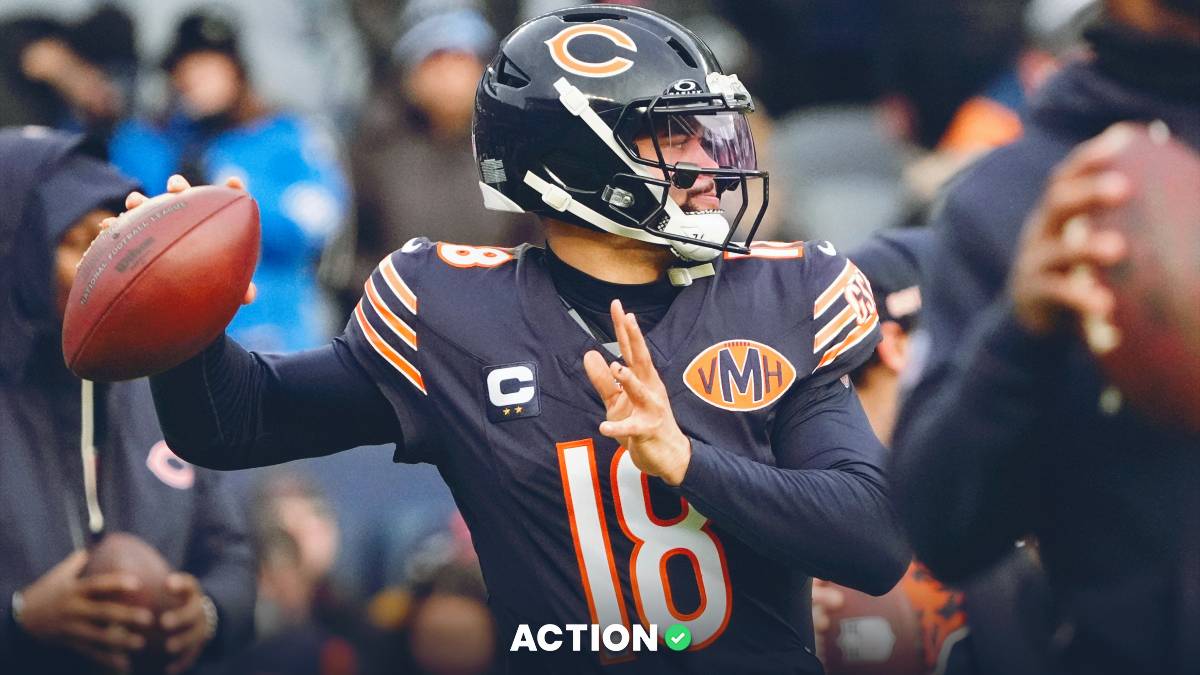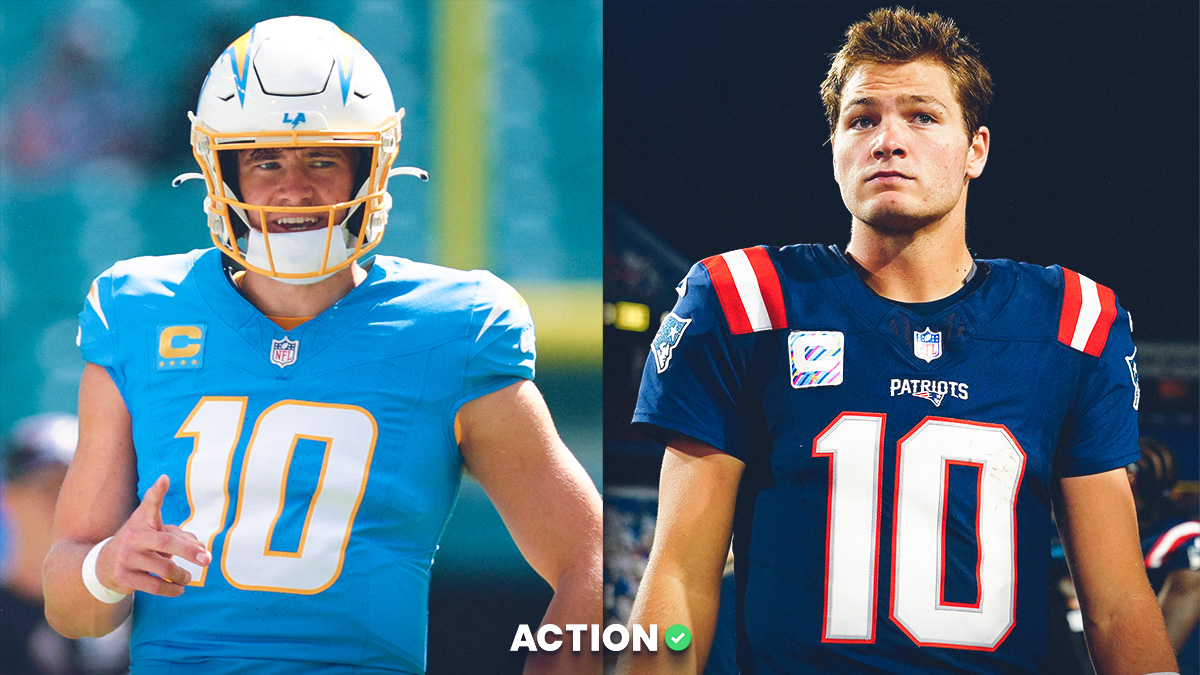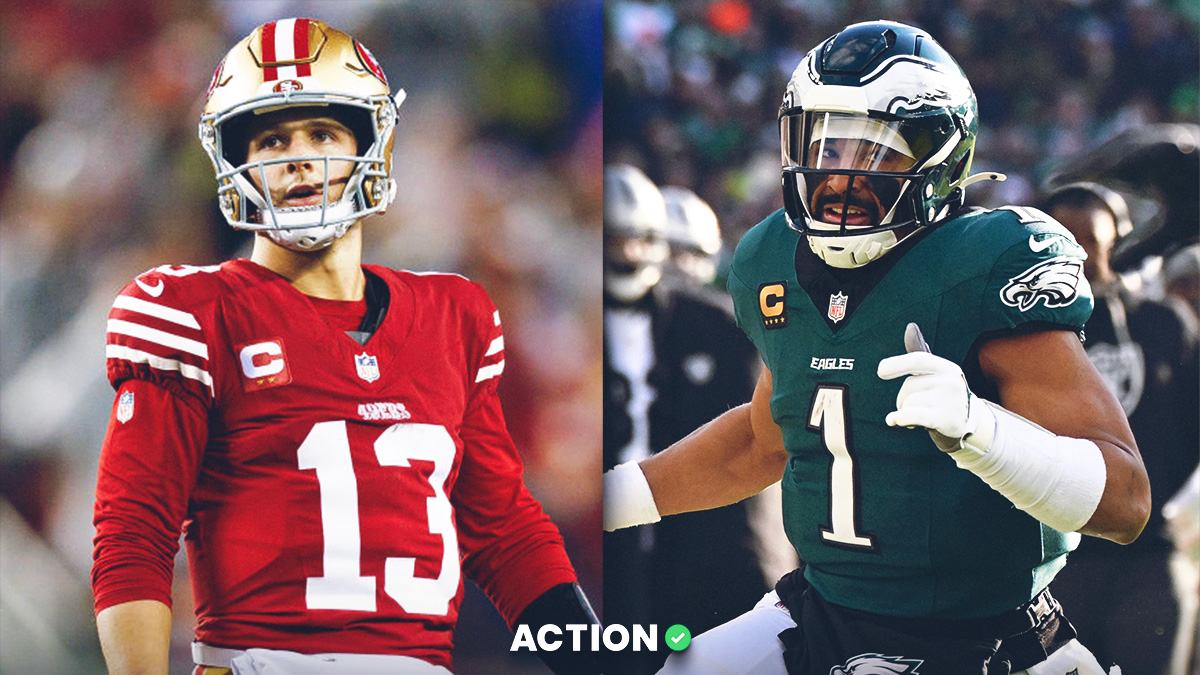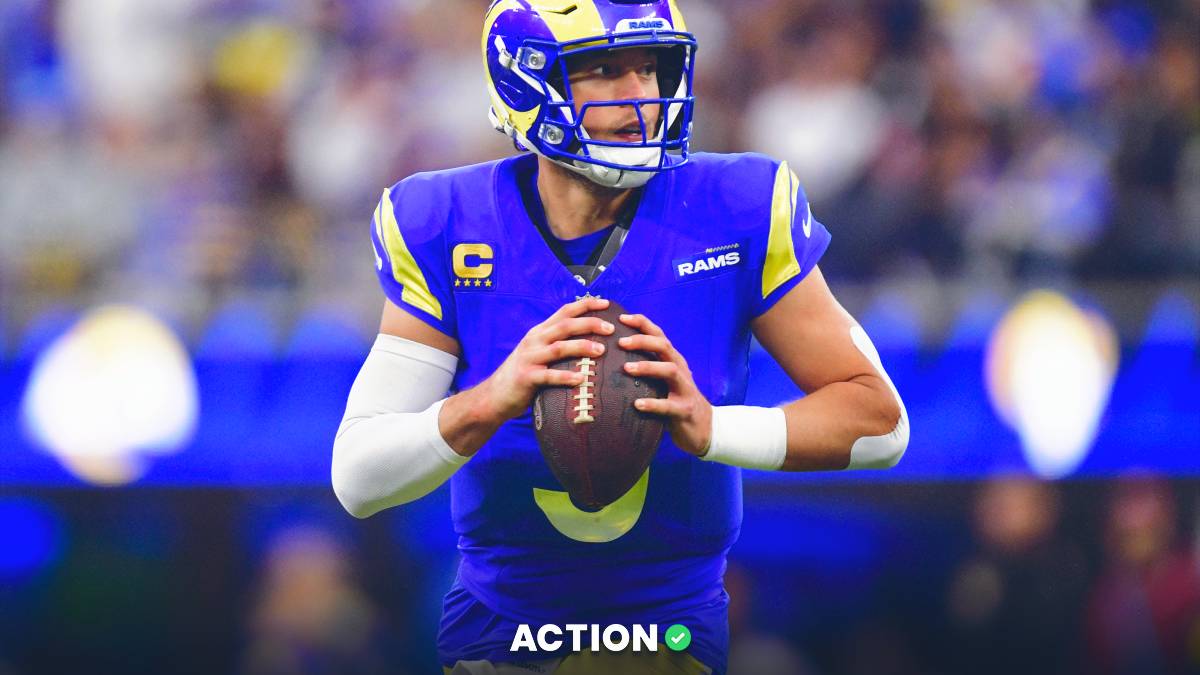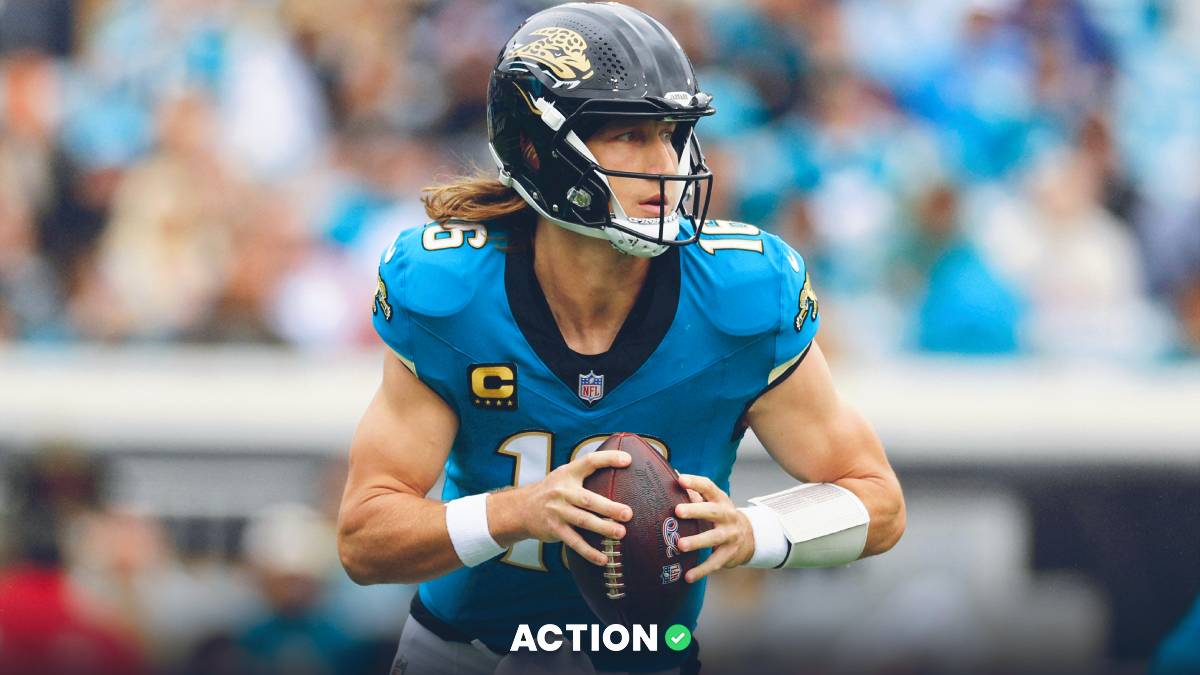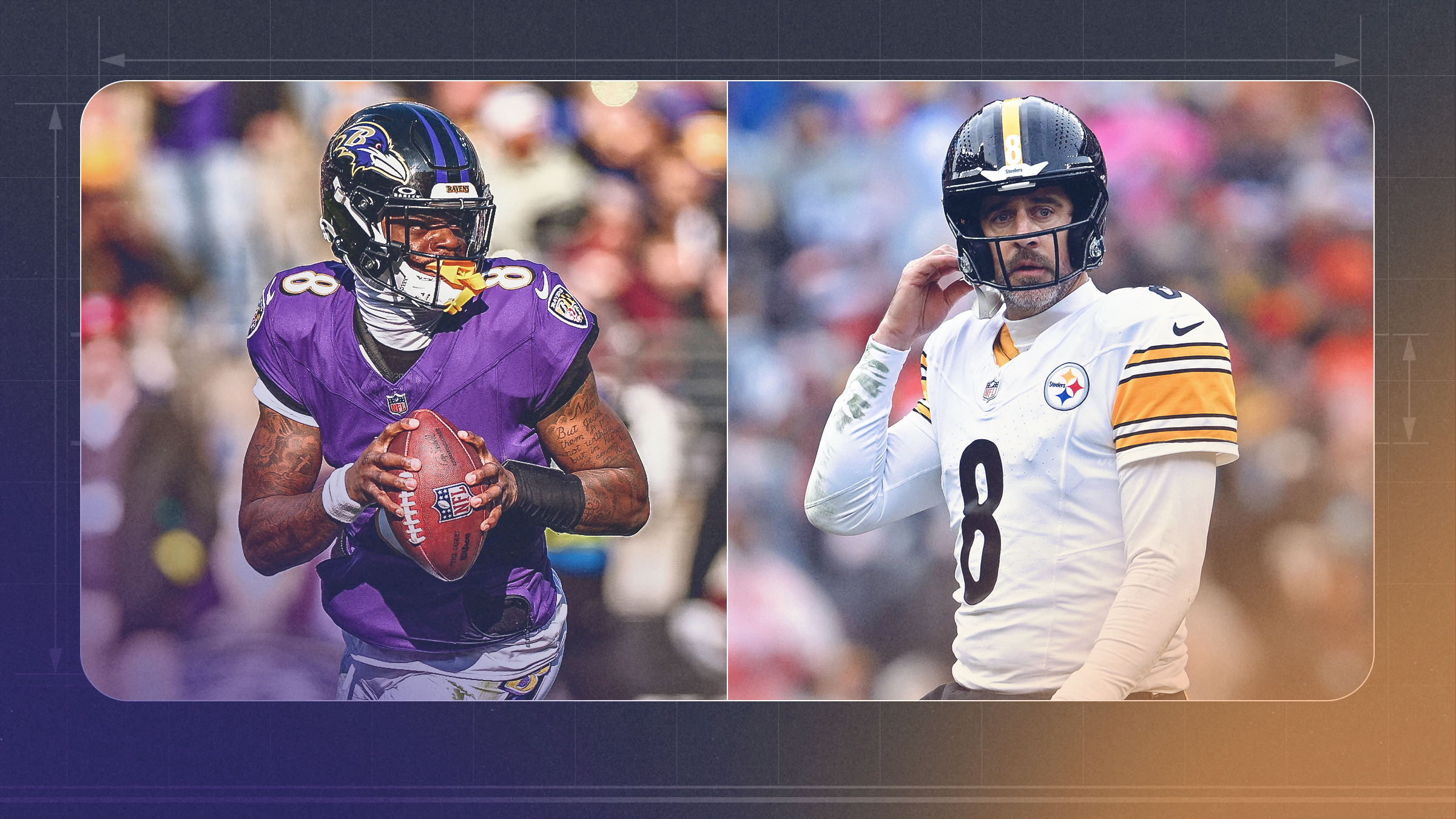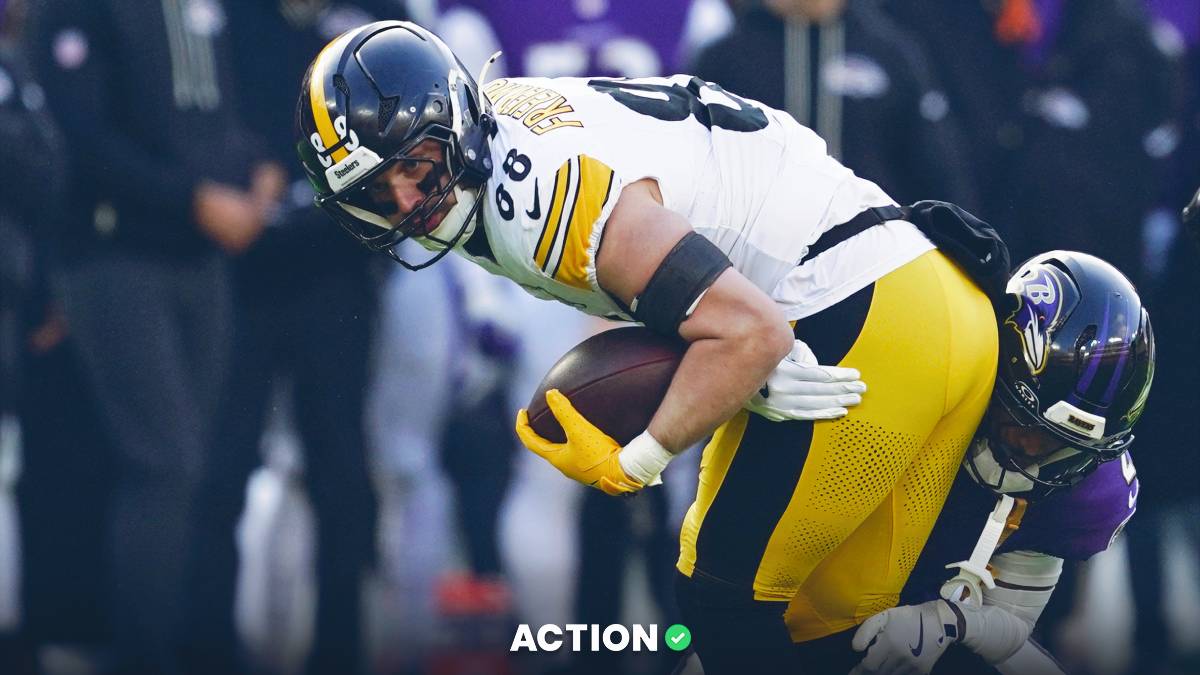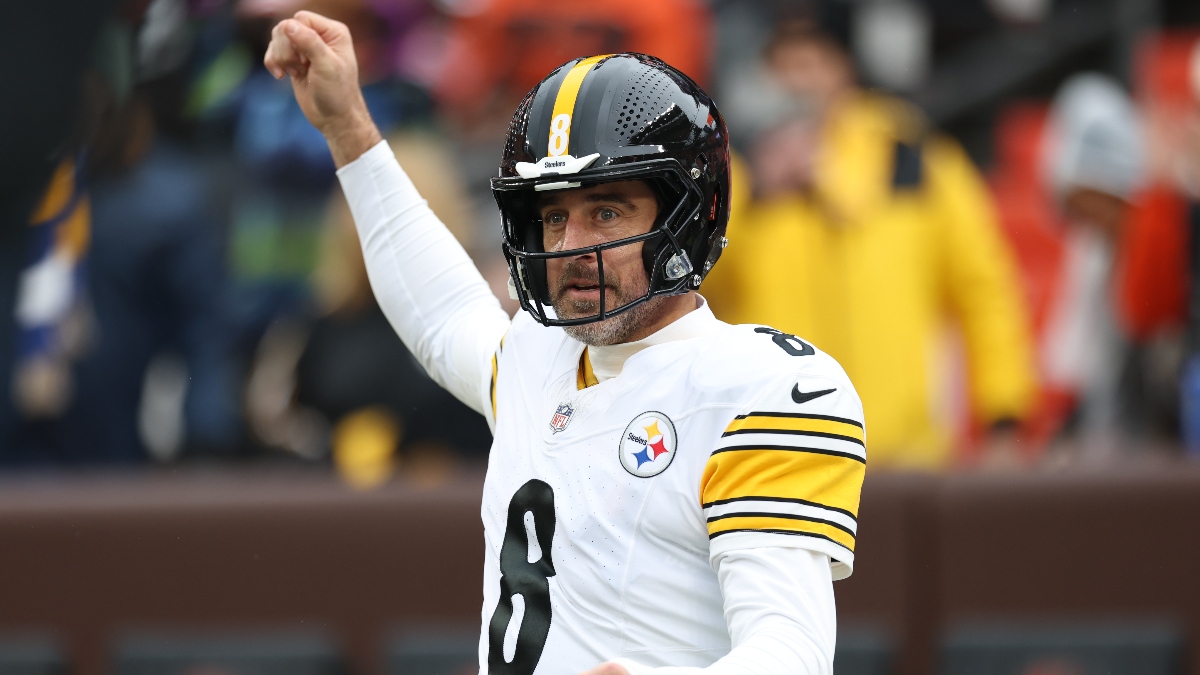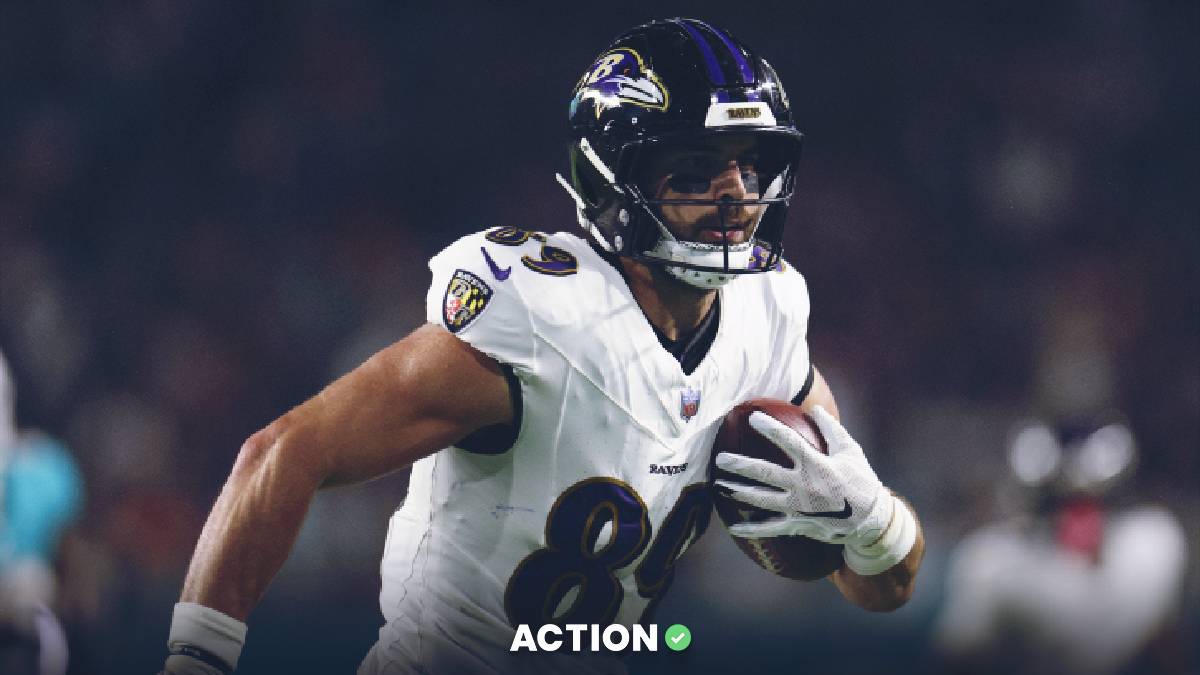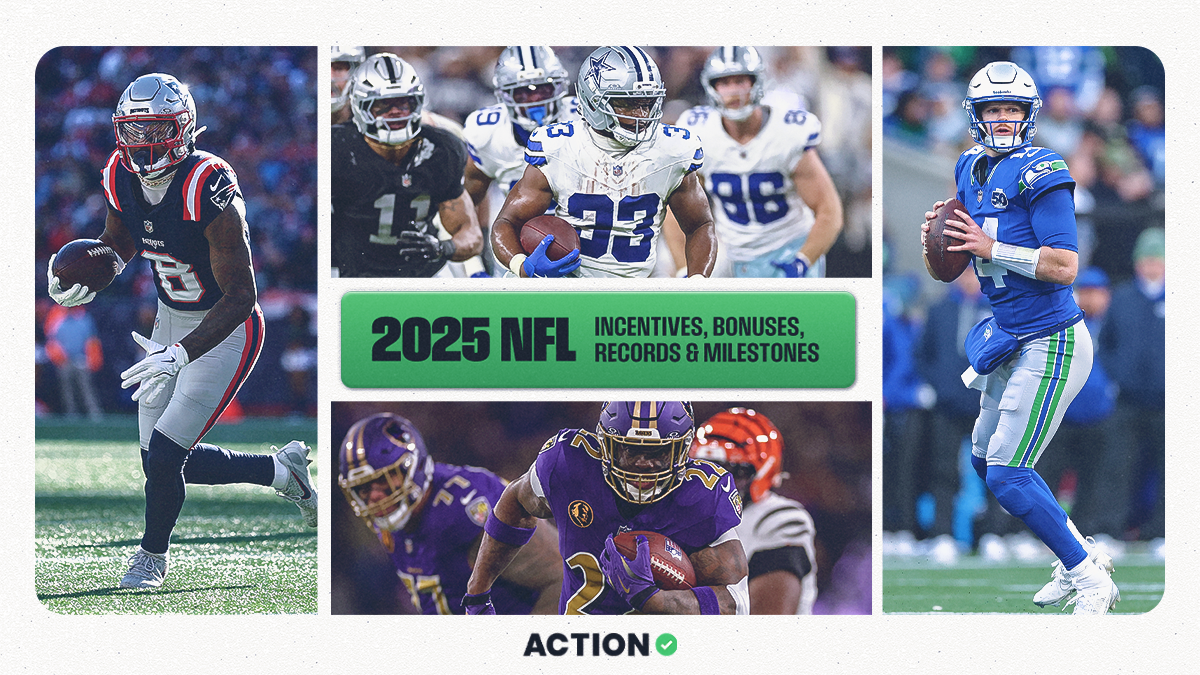- Our experts highlight the most important stats they use when betting on the NFL.
There are a bevy of NFL statistics at our finger tips, but which are the most important to consider when betting?
A panel of our top experts reveal the stats they use to inform their analysis and picks, from turnover margin to special teams and everything in-between.
Matthew Freedman
It's far too simple to compare teams by looking at points scored and points against. While past points aren't meaningless, they can be misleading. It’s far more instructive to analyze teams on the basis of yards accumulated and allowed on a per-play basis.
Over the long run, yards are more predictive of future points than previous points.
So after making some adjustments for strength of schedule, I look at yards per play much more than total points or points per play.
I also give more weight to passing offense and defense, since in today's NFL most games are won or lost based on the ability to move the ball and prevent the other team from moving the ball aerially.
Finally, I give some extra (albeit subjective) weight to two factors: Explosive plays and unit-level strengths and weaknesses.
If an offense that tends to get yards in big chunks is facing a defense prone to big plays, I might like that matchup for the offense more than I otherwise would if it were facing a consistent defense that allowed the exact same yards per play.
Similarly, if the strength of an offense — let’s say its wide receivers — matches up directly with the weakness of a defense — in this case, its cornerbacks — then I am inclined to like the offense more than I would if it were facing a defense with better corners and an identical yardage average allowed.
Sean Koerner
It's very easy to get lost in the weeds when it comes to the wealth of data we get week-to-week in the NFL. It's important to never put too much weight into any one stat and it's equally important to always take into account any context when it comes to season to date metrics.
That’s why for the purpose of this piece, I would say I take a backwards approach: What's the one stat that can lead to the general public to over- or under-react to the previous week's games?
Turnover margin.
Turnovers, in general, are much more random and therefore luck-driven. They can have a huge impact on the game and, more importantly, have a huge impact on how the public perceives teams the following week. A team with a turnover margin of +2 or more could be a team to fade while a team with a turnover margin of -2 or worse could be a team to back the following week.
Again, no single stat should act as the be-all-end-all, but turnover margin is typically the first stat I use to explain the difference between my projected spreads and the market.
In New Jersey? Check out PointsBet, where Action Network users can access an exclusive promotion to get a 200% deposit match (deposit $50, bet with $150).
Another angle I'm taking for each matchup is the strength and weakness of each team heading into a matchup. I spend most of my time setting up projections for each offensive player, and even defensive players. So by the end of each week, I have a good handle on how teams stack up against each other in terms of pass vs. rush.
Football Outsiders' offensive/defensive efficiency ratings are a good way to quickly compare how teams' offenses and defenses stack up against each other. If one team seems more equipped to take advantage of a specific matchup, it can usually uncover some hidden value on that team. More importantly, I think that this particular angle can have even more value when thinking about the matchup in terms of in-game betting. The dynamics of the matchup can change based on who is leading, shifting the expected rest-of-game spread and the total.
Chris Raybon
There are three stats I want to get into, so let's take it one-by-one.
Early-Down Pass Success Rate
The reason early-down pass success rate tops the list for me is really a combination of the inherent predictive advantages of early (first/second) down performance vs. third/fourth-down performance, passing vs. rushing, and success rate vs. other per-play efficiency metrics like yards per play, Football Outsiders' DVOA, expected points, etc.
Success rate measures how effective a team is at getting first downs. On first and second down, a successful play is defined as picking up 40% of yardage for a first down, while on third and fourth down, only a conversion will be deemed a successful play.
Success rate essentially filters out the "noise" from per-play efficiency metrics that can be driven by down/distance/situation/outlier big plays. It shows us how confident we can be in a team's ability to consistency put itself in position to prevent/allow points.
First and second down are a lot more predictive of future performance than third and fourth for two reasons:
- The offense's play-calling options aren't limited by distance needed for a first down, and thus the defense has to account for both the run and pass.
- The odds of moving the chains on third and fourth down are worse than 50% at any distance of more than 2 yards to go, and are cumulatively 33% when 3-plus yards are needed.
Ultimately, performance on first and second downs measure how efficient an offense is at either getting to third-and-short or avoiding third down entirely — in other words, how well an offense can keep its odds of maintaining possession long enough to score.
Passing is far more predictive of point differential than rushing because the average pass pay nets 6.4 yards while the average rush nets 4.3-4.4, and there will be various points throughout the game where some combination of down, distance, time remaining and score will necessitate a pass. In fact, passing efficiency is the most predictive metric of score differential other than turnovers, which we know are almost impossible to predict in a vacuum, but l are much likely to occur on passes — where either an interception or fumble can occur — than on runs, where only a fumble is possible.
Add it all together and you get early-down pass success rate as the most important metric I look at in a matchup of two teams.
Pressure Rate
The odds of a successful passing play go way down under pressure, and the odds of a successful drive go way down with a sack, and pressure rate is better than sack rate at predicting future sacks.
Since certain quarterbacks are better than others at overcoming pressure, some offensive lines are better than others at preventing it, and some defenses are better than others at causing it, pressure rate is essentially my way of schedule-adjusting pass success rate.
Explosive Play Rate
The rate of explosive plays — generally defined as 20-plus yard passing plays and 10-plus yard rushing plays (though the cut-offs are arbitrary) — is essentially the high-variance big-play component of efficiency we’re trying to filter out by using success rate, etc. It shouldn't be weighted as heavily as pure success rate or the like, but it still provides important context as far as range of outcomes scoring-wise, and I always want to be aware of it when betting totals.
When betting totals, the safest under bets will be based on low success rates coupled with low explosive play rates and vice-versa.
Of course, this is factored in by some extent to the total, so many times you're looking for value. In these cases, you're essentially trying to find situations in which success rate and explosive play rate don’t match up due to past strength of schedule in the context of the current matchup, which can lead to incorrect perceptions by the market.
For example, offense generally factors in more heavily than defense in terms of predicting how a matchup will unfold, so sometimes the public incorrectly assumes that a defense that’s been allowing a low amount of points will have a substantial impact on a high-scoring offense. But if that defense has been getting by more on not allowing big plays against below-average offenses and has a middling success rate, they could have minimal impact on an offense that excels at both play-to-play success and at producing explosive plays.
By the same token, a high-scoring offense that's middling in success rate but good at producing explosive plays could be in for a bigger downturn than usual when going against a defense that's strong in both areas.
Stuckey
When I first sat down to think about this, I first thought about adjusted pace (invaluable when betting totals) as well as the importance of handicapping the matchups on both sides of the ball in the trenches with a variety of metrics such as adjusted sack rate, which also takes into account the impact a quarterback has in that department.
I also started to think about how important scheme is to me — types of man and zone defense, etc.
However, after seeing the very smart things my colleagues have already mentioned, it finally dawned on me that I have to mention special teams. It's one of the most overlooked phases of the game, and evaluating the discrepancy of it between two teams can help you identify small edges.
Field position matters, field goals swing covers and that hidden yardage can so often decide the outcome of a football game.
I personally set my own special teams power ratings for each team by looking at all of the obvious factors:
- Field goal kicking
- Net punting
- Kickoffs
- Coverage units
- Return teams
A lot of times when a team is under- or over-performing relative to their talent and offensive/defensive statistics, special teams may be part of the explanation, along with penalties, coaching and/or turnover luck.
Not everyone wants to make their own special teams power ratings nor feels comfortable doing so, which is perfectly fine as there are stats you can reference online such as special teams DVOA. Or you can just manually compare special teams statistics such as net punting average, punts inside the 20 vs. touchbacks, field goal splits, etc.
At least giving it some kind of consideration is important — a complete mismatch in special teams may be the difference in making a play or passing.
I also use it for handicapping totals. For example, if I'm leaning toward an under and know I have a matchup of two teams with good punters and bad field goal kickers, that might just be the push I needed. I also think special teams performance serves as a proxy for measuring the effectiveness of a coaching staff. There's a reason teams like the Ravens and Patriots usually have the top overall special teams units in the league.
It's the small things that are so important in the game of football, and special teams is a great way to encapsulate how well a team values those things. Plus, field position and field goals matter.


